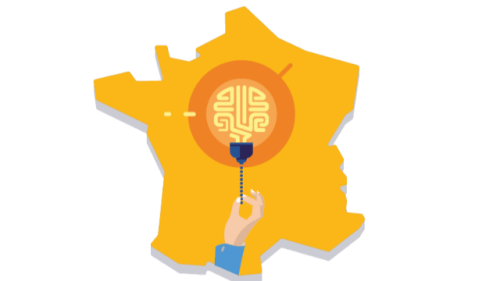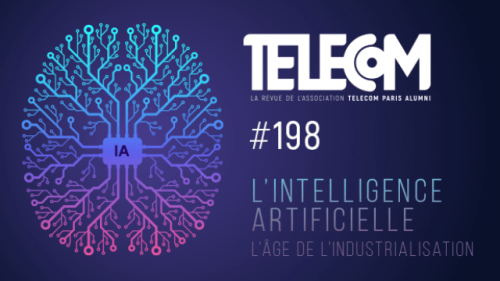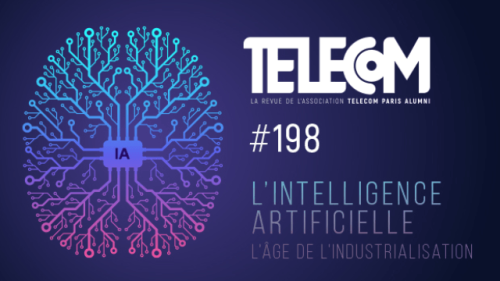
AI evolves to enable human decisions, not just workflows
Since the days of Techne, man’s highest aspiration has been to leverage his ingenuity to transform the environment in order to minimize friction and physical fatigue.
If in the early stages this aspiration meant replacing human actions with machinery, over the last 60 years attention has shifted towards supporting, expanding and, whenever tasks were tedious, replacing mental processes.
Simulating human mental processes through machines is called Artificial Intelligence, and its fields of implementations are numerous, exciting, and scary to some.
The same way a mind leverages different processes, Artificial Intelligence leverages, within its “bag of tools”, other popular and controversial technologies such as Machine Learning. Together with all its technological allies, Artificial Intelligence powers many of the most useful inventions, such as Integrated Patients Diagnostics, Speech Recognition and Visual Patterns analysis.
These advancements mean that doctors can diagnose a pathology faster and more accurately, therefore saving lives, and that people from all over the world can communicate more effectively and bridge cultural gaps.
THE AI TO RULE ALL AIs
While all of these implementations are strategic in their importance, the one and only Holy Grail for this technology is to enable humans to make better decisions, especially in complex areas such as the fields of medicine, transportation, supply chain, finance, manufacturing and telecommunications.
Decision Making Management is the practice of leveraging technology-based methodologies, such as Rulex , to transform data from heterogeneous sources into insight and integrate it with what the team knows to be true based on its collective experience.
As mentioned, data is one of the two key pillars of decisions; however, while its importance has been recognized by everyone in business, the last 15 years have focused more on hoarding Big Data, rather than using the Right Data to take the decisions that yield the greatest return on each initiative.
Some innovative large organizations seem to have swallowed the Red Pill, evolving their use of data more towards a Decision Centric management style. The two key indicators to this trend are Budget Readiness, where companies have budgets ready to investigate Decision Management Platforms and AI, and the emergence of task-based applications that help transform unstructured information into usable structured data.
Some of the most interesting examples of these applications are Visual Recognition that transforms an image into classifiable cells of data or Behavioral & Sentiment-Based Analysis, that turns large quantities of behavioral patterns into structured insight and stock trading signals.
WHICH SECTORS SEEM MOST MATURE ?
Not all sectors and companies share the same readiness and maturity in the use of AI to solve business issues; this has to do with a number of factors, such as political weight of IT & Data Scientists versus Business and Product divisions (or change management in general), the level of understanding of the logic behind key business decisions and the complexity and frequency of the decisions in operational workflows.
Even though stats from syndicated research firms suggest that 80% of AI projects fail to deliver their entire projected value, this percentage is not evenly distributed among all sectors. Supply Chain Intensive businesses, Financial Services organizations and Manufacturing seem to be the most success-prone sectors in the short term, immediately followed by the Medical sector. The divisions within those firms that seem to gain immediate traction in the application of AI are supply chain teams, marketing teams (this is especially true in GDPR intensive markets thanks to Explainable AI) and virtually every Financial Services product divisions.
If I could gamble on a statement and venture into imagining a common denominator among the most successful companies implementing Artificial Intelligence, I would say that those who succeeded cared more about business results than they cared about “the way we do things”. Implementing AI means investing a little time to incrementally improve mission critical workflows to reap benefits almost immediately, as short as 8 to 10 weeks, such as in the case of Data Quality Augmentation.
Talking numbers, some virtually inaccessible case studies show large CPG companies applying Decision Management Platforms to their supply chain stack, saving over $360M a year in Transportation, Replenishment and Demand Forecasting workflows. Other examples come from global Financial Services institutions deploying Decision Management Platforms to Non-Performing Loans management and Fraud Detection, with reported directly attributed revenue increases of up to $60M per country.
Artificial Intelligence is here to stay and to evolve into new uses. The more successful implementations we find, the more it’s controversial nature will fuel criticism and horror. However, to all AI detractors I say there is no need to worry, since far away are the days when humans and machines will work together to build Artificial Consciousness. But that is the topic for another story.

Federico SALVITTI
Faculty at New York’s NYU teaching Business Management and Marketing, Federico is a well-known executive in the Software, Business Services and Education space. His work has been recognized in Europe, US and Japan and held several Executive Marketing, Sales and Corporate Strategy roles, accelerating growth by unifying cross-functional teams into one cohesive effort.
Currently SVP of Marketing & Sales at Rulex, the world’s leader in Explainable AI powered Decision Management Platform, during his career Federico has launched 12 new products and services from large corporations to fast growing start-ups and managed teams and budgets across 4 continents.
His experience includes global roles at GE Healthcare, Gartner and at Institutional Investors and he continuously cultivates knowledge of emerging commercial trends and digitally-led strategy & operations.






















